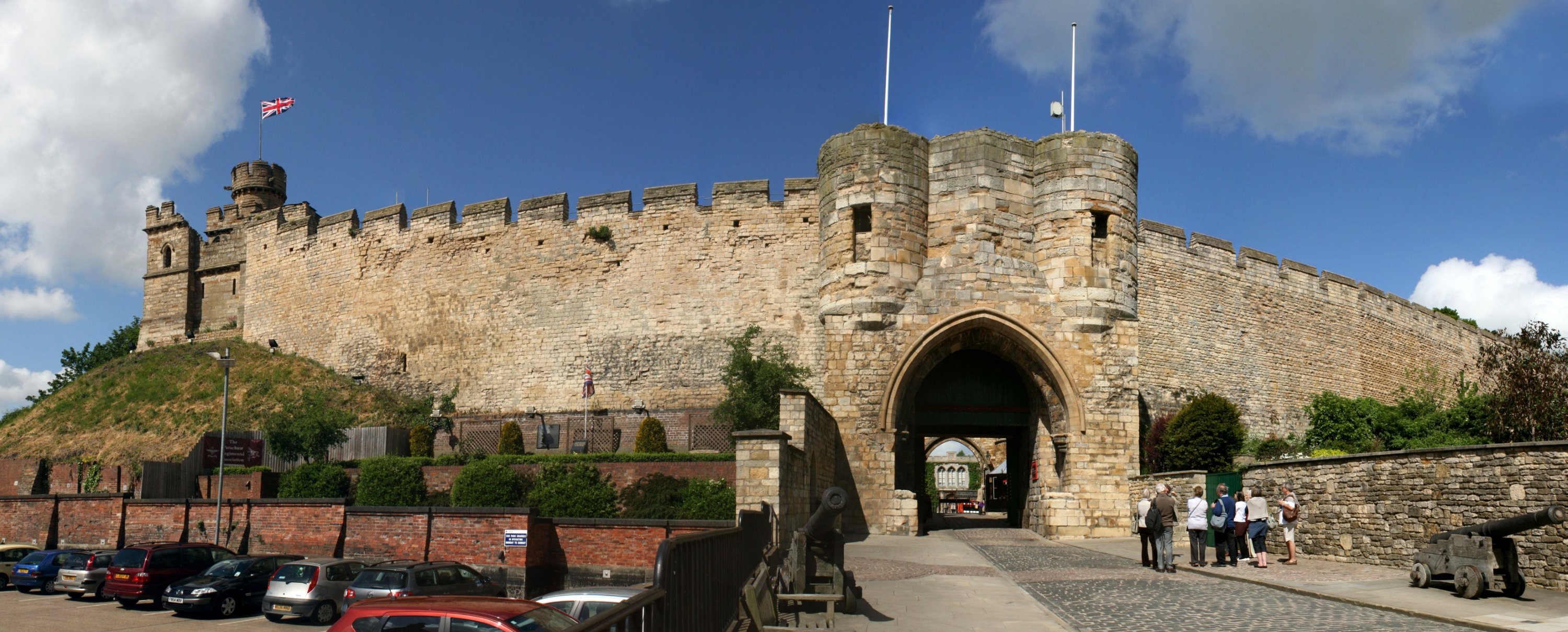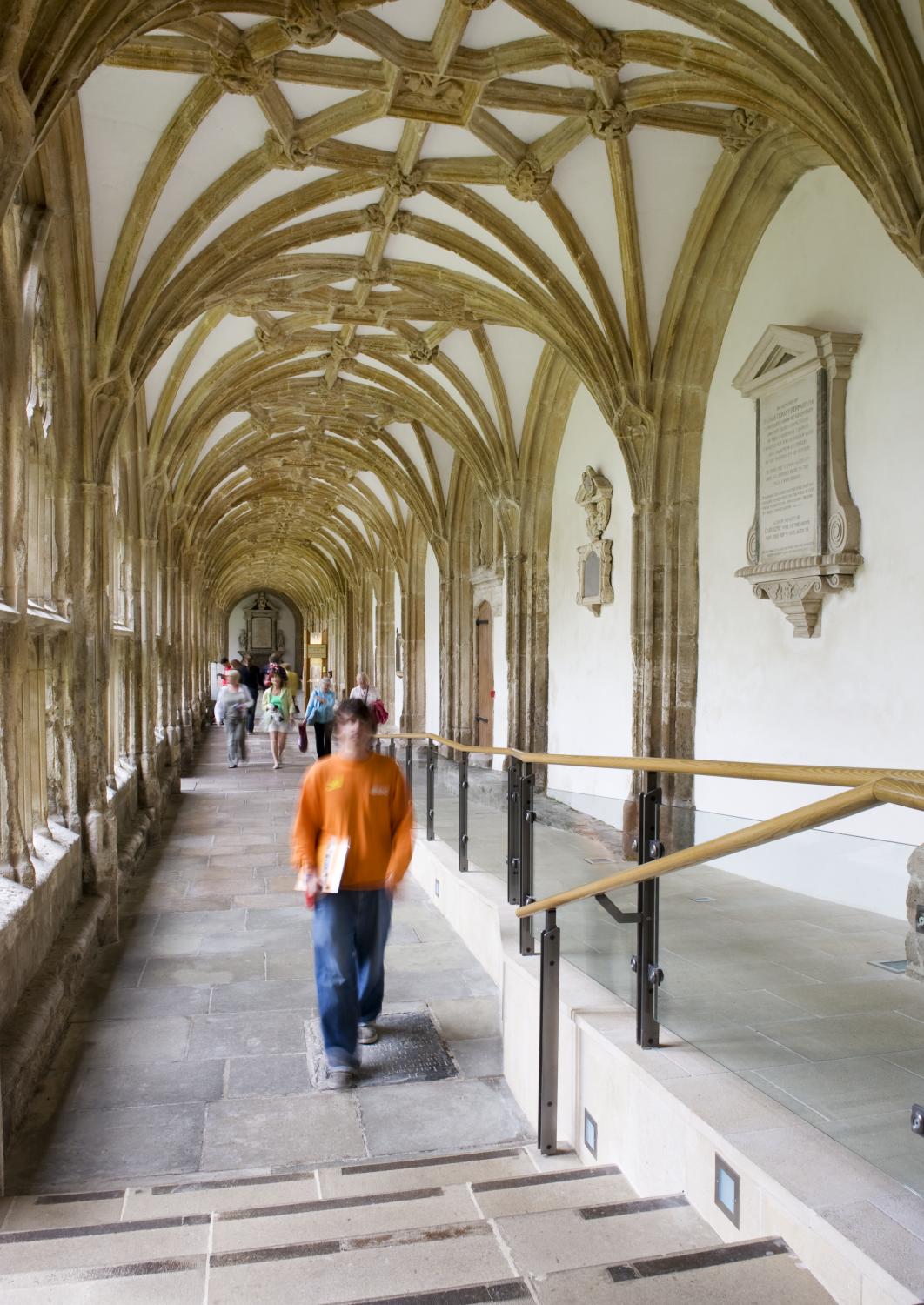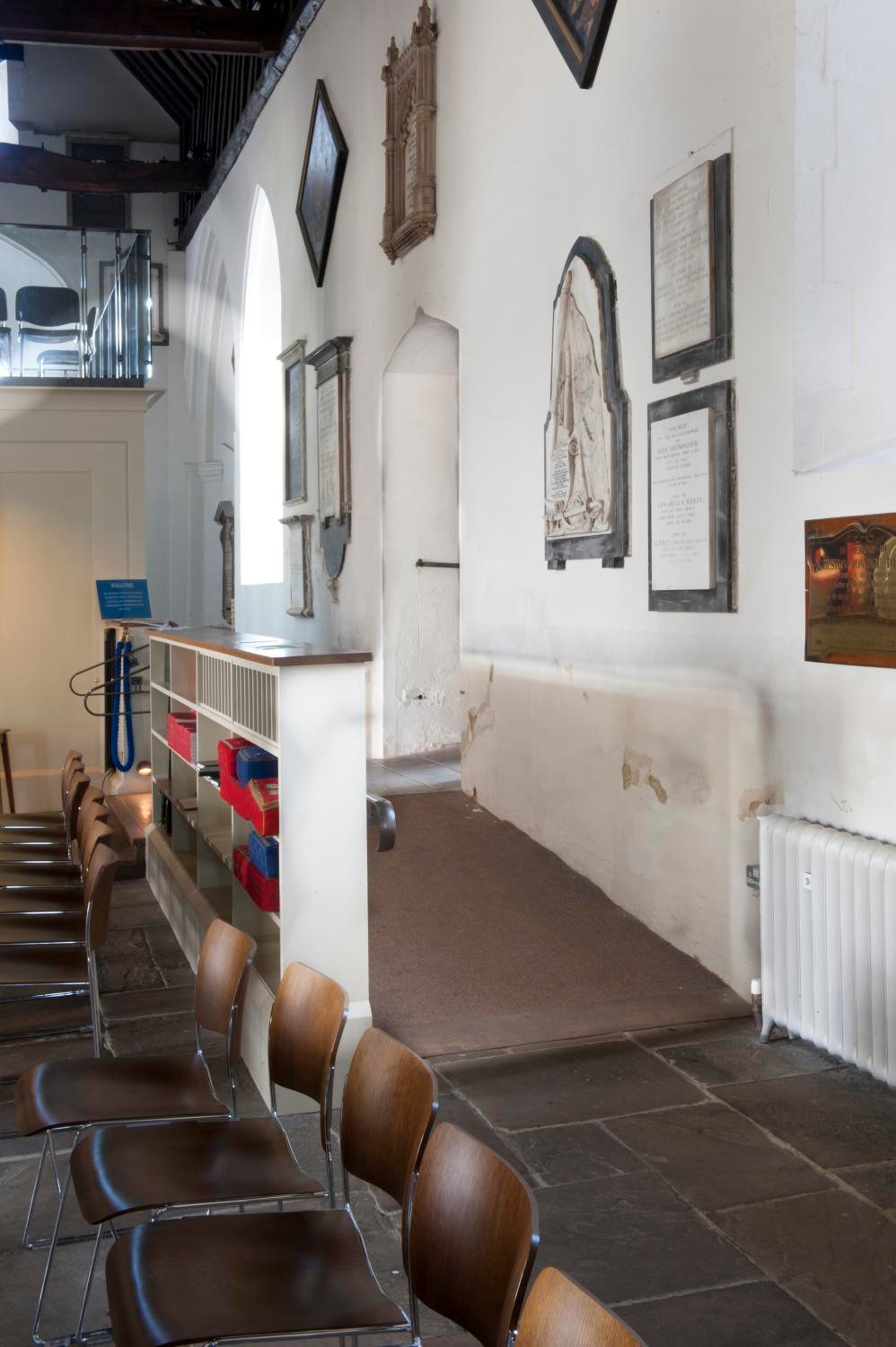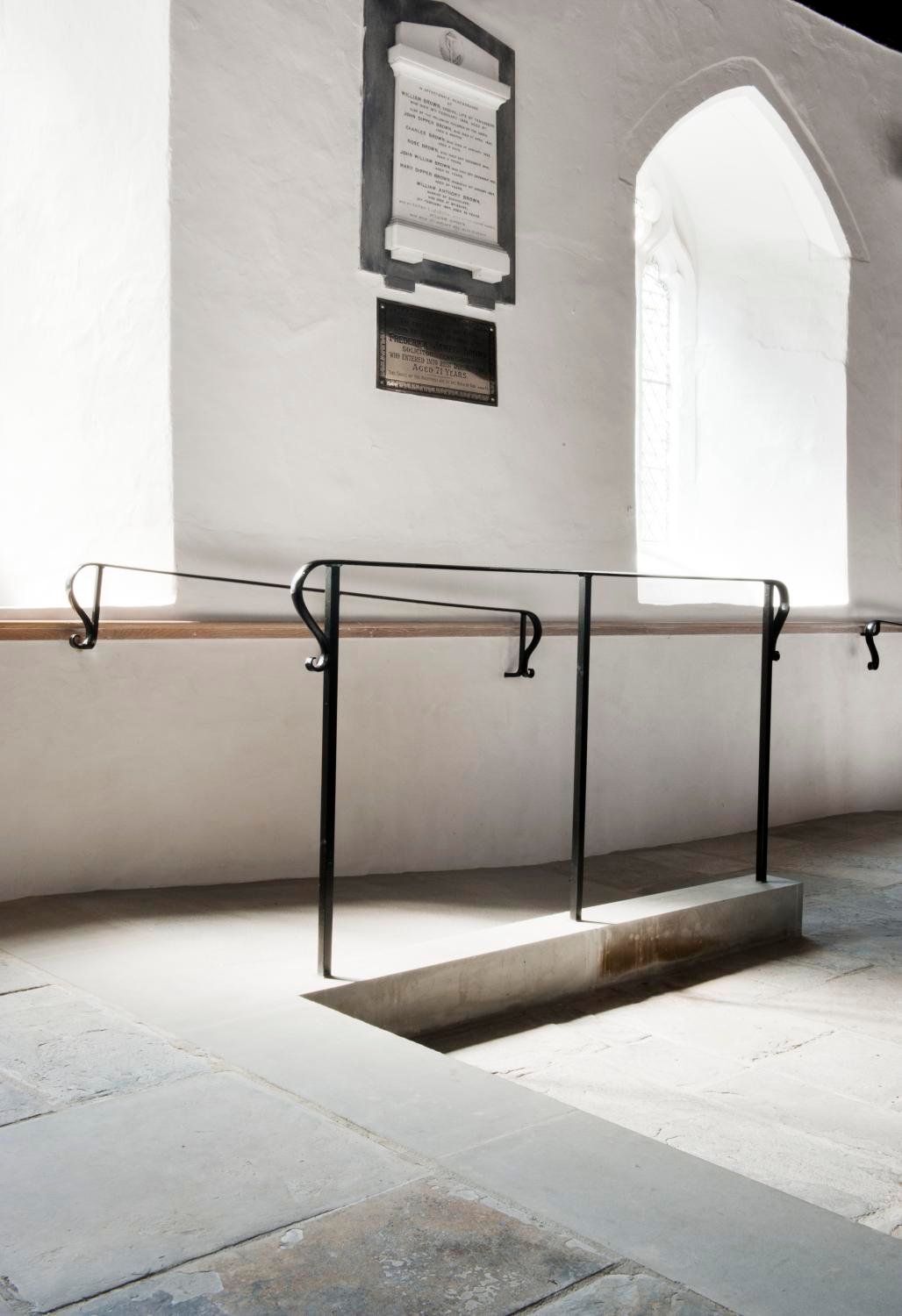Breaking Barriers: Making Listed Sites More Accessible
Owning and managing an historic site comes with a lot of responsibility. While there may be a desire to make sites accessible, the process can sometimes appear overwhelming.
We spoke to Historic England’s Jane Sidell about why it is important to list and adapt these historically significant sites, and how to go about making them more inclusive and accessible.
On this page you can:
Tell us what your role involves?
"My role is Inspector of Ancient Monuments, and my brief is relatively simple: to protect our scheduled monuments and ensure they are passed on in good condition.
A key part of this work is ensuring we’re interpreting these sites, so that people can learn about them and discover the lives and construction methods of past societies."
Why is it important to protect listed buildings and scheduled monuments?
"Historic sites are often rare and beautiful survivals of a past way of life. They highlight how we have transformed as societies, though not always for the better.
The sites offer testimony to different belief systems and cultures. Protecting them enriches our own lives and gives us a broader view of humanity. Understanding the enormous time-depth involved (hundreds, thousands or even tens of thousands of years) also provides us with a sense of stability and endurance, which is becoming increasingly valuable!"
Why do people have to get permission to make buildings accessible?
"The permission process gives people the opportunity to weigh up accessibility proposals against the impact upon a historic building.
By seeking permission, it ensures that an accessibility proposal is carefully designed to take nothing away from the significance of a building. It also allows the discussion and proposal of alternative approaches, which may have less impact and better protect what is special about a site."
Why should people make changes to their building or site to make it more accessible?
"Whether physically or intellectually, historic sites should be accessible. This way, everyone can understand their history and their place in a neighbourhood or community.
Sites were rarely built with this in mind. The topography has often evolved since construction, making accessibility trickier. Some places were specifically designed to be difficult to access (such as castles, which were defensive and designed to keep people out!).
Adaptations are often required to provide access to everyone. It could be as simple as providing more information. It could also involve more intrusive changes to the site, such as installing ramps and lifts. The latter need careful planning to ensure they balance improving access with protecting a site’s historical significance."
How should people start the process of making a building or site more accessible?
"The key to change is first understanding the need. What type of accessibility is needed?
This must be balanced against the significance of the historic site and what is most important about it. What needs preserving?
An audit is a great place to start, along with a thorough understanding of the history of the site. There are lots of available resources to help with this."
Who should people talk to if they need advice?
"Both Historic England and the local council should be able to help in the first instance.
Different permissions are needed depending on the type of historic site. People can speak with their local authority conservation team to check about their specific circumstances. For inspiration and ideas, people can also look online for case studies of how historic sites have been made more accessible. Where possible, consulting with conservation architects or surveyors can be a great source of inspiration and help."
Does the adaptation process cost a lot?
"Some things are of course expensive, but small accessibility adaptations need not be.
It may be as simple as hanging existing doors differently, or changing visitor routes around a site where level access is easier. It could also involve putting accessibility information about a site on the internet to provide intellectual access, or displaying information in different ways."
Additional resources and guidance
-
Easy Access to Historic BuildingsPublished 5 June 2015
These guidelines focus on physical access issues because these often pose the greatest challenges as well as opportunities for historic buildings.
-
Easy Access to Historic LandscapesPublished 5 June 2015
The aim of this guide is to help property owners and managers provide easier access for all their visitors, whatever their age or level of ability. It will also be of value to designers, planners, and others working to open up historic sites to a wider audience.
Gallery
Please click on the gallery images to enlarge.








